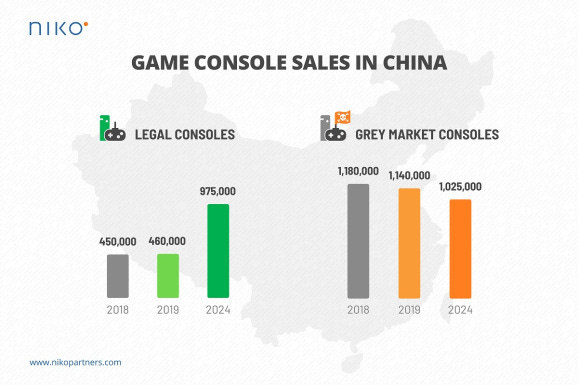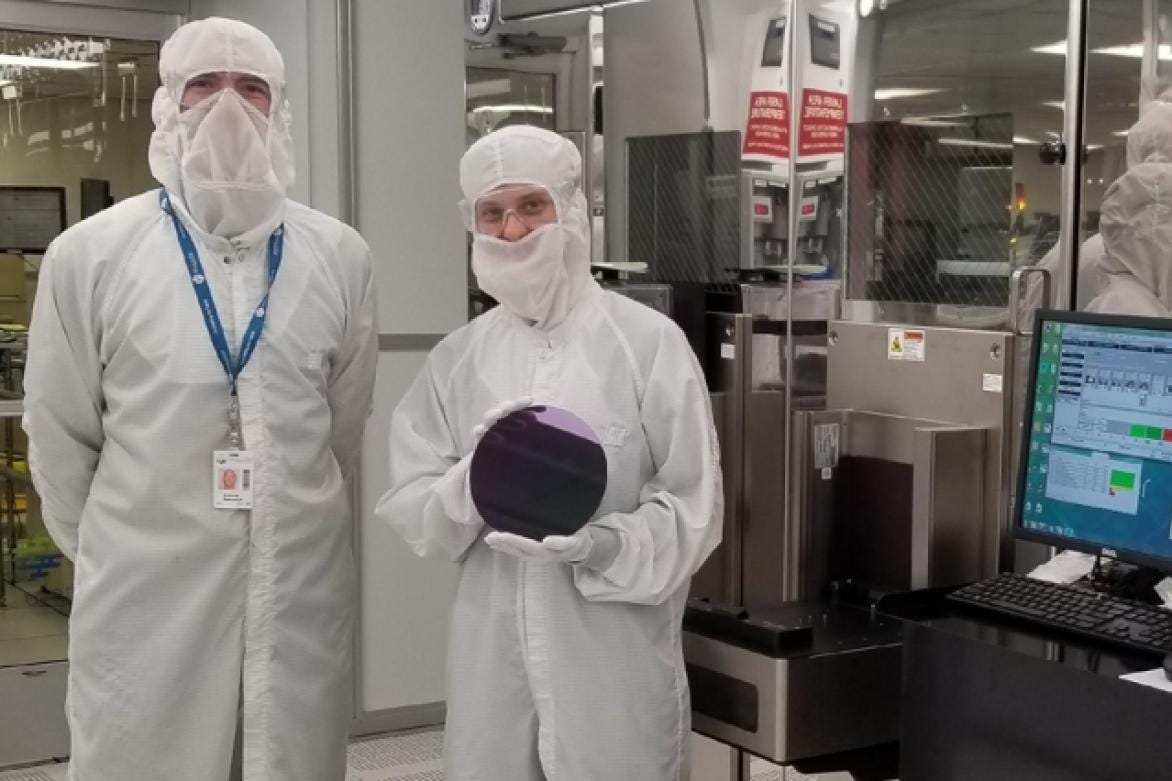Here’s your weekly wrap of technology, innovation, and finance news.
? Finance
Nikola Corp, an aspiring battery-electric and hydrogen fuel-cell truck maker, listed on the Nasdaq via a reverse merger. It ended the week with a market capitalisation of $23 billion, which seems high for a pre-revenue company. The company expects to generate $1 billion in revenue by 2023.
Hertz, which is currently in bankruptcy, is aiming to raise $1 billion from equity investors which will be used to repay debt investors. Matt Levine explains the unusual situation.
Really I can’t decide how to feel about this. On first principles, you should not sell a billion dollars of stock in a bankrupt company to small retail investors who just installed Robinhood on their phones a few months ago. On the other hand, people are definitely doing thatanyway; a notable feature of this weird pandemic market is exactly that hundreds of millions of dollars of stock in Hertz, which is bankrupt, are being sold to small retail investors every day. Hertz just wants permission to do some of that selling itself.
Food delivery industry consolidation continues with Just Eat Takeaway acquiring Grubhub for $7.3 billion. Just Eat Takeaway was created through the merger of Just Eat and Takeway.com in 2019.
“I am excited that we can create the world’s largest food delivery business outside China,” Jitse Groen, the chief executive of Just Eat Takeaway, said in a statement. Mr. Maloney said the companies would place “extra value on volume at independent restaurants, driving profitable growth.”
?️ Space
NASA has awarded a $199.5 million contract to Astrobotic to deliver NASA’s VIPER robot to the Moon’s South Pole in late 2023. VIPER’s mission is to explore the moon’s surface in the search for water ice.
? Biology
Being able to enter suspended animation, a staple of science fiction, may be one step closer to reality after Harvard Medical School neuroscientists found a way to put mice into a state of torpor (“a state with a greatly decreased metabolic rate”) by stimulating specific neurons (see their paper).
“The imagination runs wild when we think about the potential of hibernation-like states in humans.” study co-lead author Sinisa Hrvatin, instructor in neurobiology at Harvard, said in the statement. “Could we really extend lifespan? Is this the way to send people to Mars?”
Researchers at Johns Hopkins University found a way to dramatically speed up the CRISPR-Cas9 gene-editing process by using light-sensitive nucleotides (see their paper). Their method reduces the time taken from several hours to mere seconds.
? Health
Three people with inherited diseases have now been successfully treated with CRISPR.
Two people with beta thalassaemia and one with sickle cell disease no longer require blood transfusions, which are normally used to treat severe forms of these inherited diseases, after their bone marrow stem cells were gene-edited with CRISPR.
Is it possible to repurpose organs? Researchers at Nanjing University have successfully turned the spleen of a live mouse into a liver-like organ that performs the functions of a liver. If this works in people, it could one day provide an alternative to liver transplants.
To do this, they injected the spleens of live mice with a biological substance to make them larger and stiffer and better able to support the growth of new tissue. Next, they transplanted liver cells into the remodelled spleens to see if the cells would integrate with the existing blood vessels and develop into liver tissue.
Over the next eight weeks, the liver cells successfully grew in the spleens and developed into liver-like organs, complete with bile ducts and other liver structures. The converted organs were also able to perform essential liver functions such as drug metabolism.
Biofeedback is commonly used to treat anxiety and other psychological conditions, but it’s often limited to expensive clinical setups. Now video game technology could help bring biofeedback therapy to the living room.
Tests of a new generation of products that combine advances in wearable biometric sensors with the immersive—and fun—qualities of virtual-reality gaming have increasingly demonstrated effectiveness in helping anxious subjects achieve states of calm, among other therapeutic uses.
? Gaming
Market researcher Niko Partners expects China’s console and TV games market to grow from $997 million in 2019 to $2.15 billion in 2024. Consoles were banned for a long time in China but were slowly made legal starting in 2014.
Sony unveiled the PlayStation 5 console along with several games.
NPD data shows video game hardware spending grew 56% in May, led by the Nintendo Switch, and video game software sales surged 67%.
? Advanced Materials
Carbon nanotube field-effect transistors (CNFETs) have now been produced in a commercial silicon manufacturing facility for the first time after MIT researchers developed a new method to speed up the deposition process by 1,100 times while reducing cost (see their paper).
Unlike silicon-based transistors, which are made at temperatures around 450 to 500 degrees Celsius, CNFETs also can be manufactured at near-room temperatures. “This means that you can actually build layers of circuits right on top of previously fabricated layers of circuits, to create a three-dimensional chip,” Shulaker explains. “You can’t do this with silicon-based technology, because you would melt the layers underneath.”
A 3D computer chip, which might combine logic and memory functions, is projected to “beat the performance of a state-of-the-art 2D chip made from silicon by orders of magnitude,” he says.
According to MIT researchers, treating coal with lasers could turn it into a material that could be used to create a variety of useful electronic devices (see their paper).
In his latest research, Grossman, along with postdoc Xining Zang, research scientist Nicola Ferralis, and five others, found ways to use coal, tar, and pitch to produce thin coatings with highly controllable and reproducible electrical conductivity, porosity, and other properties. Using a laser, they were able make prototype devices from the inexpensive, ubiquitous materials, including a supercapacitor to store electricity, a flexible strain gauge, and a transparent heater.
…
While this initial work focused on thin films, the raw materials are so inexpensive that ultimately such materials might also be used for bulk applications, Ferralis says. “If we can scale up this process to bulk systems, this might be used in structural materials, for example, or insulation for homes. Stuff that actually requires a lot of the material.” It might even provide an economic boost for coal-producing regions now suffering from the collapse of the coal-powered electric power plant industry to become producers of a whole new family of higher-value products, he suggests.
?️ Surveillance and Privacy
Researchers have found a way to eavesdrop on conversations by watching the impact that conversation has on a light bulb’s vibrations. They were able to recreate a Donald Trump speech well enough for it to be transcribed by Google’s Cloud Speech API.
Researchers from Israeli’s Ben-Gurion University of the Negev and the Weizmann Institute of Science today revealed a new technique for long-distance eavesdropping they call “lamphone.” They say it allows anyone with a laptop and less than a thousand dollars of equipment—just a telescope and a $400 electro-optical sensor—to listen in on any sounds in a room that’s hundreds of feet away in real-time, simply by observing the minuscule vibrations those sounds create on the glass surface of a light bulb inside. By measuring the tiny changes in light output from the bulb that those vibrations cause, the researchers show that a spy can pick up sound clearly enough to discern the contents of conversations or even recognize a piece of music.
⚡ Other Snippets
Twitter is testing a new feature that will prompt people to read articles before they retweet them. It’s hoped this will slow the spread of outrage and viral misinformation.
Twitter has also removed more than 170,000 accounts tied to Beijing-backed influence operations that deceptively spread messages favourable to the Chinese government.
Google is adding noise cancellation to Google Meet (here’s a video demo).
“It works well on a door slamming,” Lachapelle said. “It works well on dogs barking; kids fighting, so-so. We’re taking a softer approach at first, or sometimes we’re not going to cancel everything because we don’t want to go overboard and start canceling things out that shouldn’t be canceled. Sometimes it’s good for you to hear that I’m taking a deep breath, or those more natural noises. So this is going to be a project that’s going to go on for many years as we tune it to become better and better and better.”
MIT researchers have put tens of thousands of artificial brain synapses, known as memristors, on a single chip smaller than a piece of confetti (see their paper).
“We’re using artificial synapses to do real inference tests,” Kim says. “We would like to develop this technology further to have larger-scale arrays to do image recognition tasks. And some day, you might be able to carry around artificial brains to do these kinds of tasks, without connecting to supercomputers, the internet, or the cloud.”










